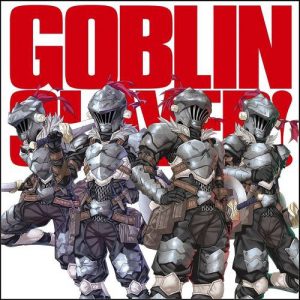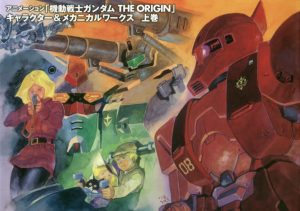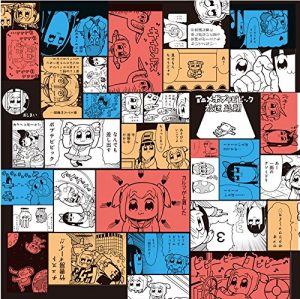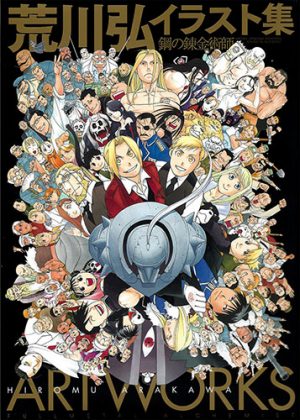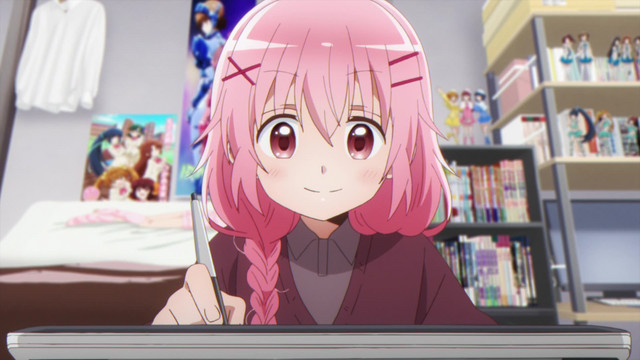
So you want to write a manga. You have your characters designed and their sketches drawn, and your story is all planned out. You even have some ideas for the dialogue you want to use, and where you what the plot and character development to go. But writing a manga is different from writing a book; the story needs to be told both from the text and from the pictures. Sometimes it’s hard to actually get started and bring your ideas to life on the page.
So how do you begin to organise a manga? It’s important to have a plan for how the manga will flow, and the set-up of your pages, before you get started. If you don’t organise your manga well, it will be hard for readers to follow, and your story might get lost entirely just due to poor organisation. To help you avoid that and organise your manga effectively, we have written a simple guide to organising a manga to get started!
Basic Beginnings
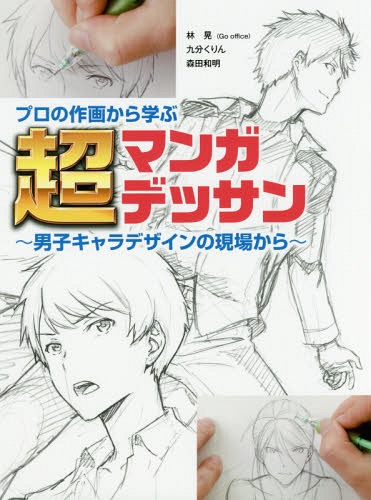
If you’re just beginning to make your first manga, simple is your best bet. The most basic manga layout is the 2x4 grid, meaning two panels across, and four panels down. It’s easy for the reader’s eye to follow whether you’re writing your manga right to left, or left to right. It’s a good idea to make the gap between side-by-side panels small, and the ones between the rows bigger. This also helps readers distinguish which order they are meant to read the manga’s panels in, and makes it well-organised.
Have a look at some of your favourite manga; even the biggest mangaka stick to the 2x4 layout as a base. Having an average of 6-8 panels per page is ideal for the majority of your manga, allowing you to have enough space to tell the whole story without it being too much for readers to understand. It’s a really easy way to start a manga and keep it organised right from the beginning, and you’ll be thankful later when it’s easier for both you and your editors. But you might think this style seems just a little too simple, so let’s talk about how to liven things up a bit!
Mixing it Up
The most basic 2x4 layout can get boring if it’s used page after page. But that doesn’t mean you can’t mix things up a bit while still sticking to this basic idea! For example, you can make only the characters overlap into other panels beside or below them while keeping the background contained within the panel. You can also make more important panels larger than others to draw attention to them or draw the boundaries diagonally instead of vertically. The reader can still read with a continual line of motion in the 2x4 layout, and you can make it more interesting with just a few tweaks. It’s a great way to get started in organising a manga!
Of course, drawing details into some smaller panels may seem like a lot of work - and it is. But organising a manga in this way means that you can draw emphasis to the right parts of the story. The smaller panels don’t take away from the importance of the larger ones, they instead support them. A manga tells half its story in text and the other half in art, and the placement of that art can have a huge impact on the story’s success. Thus, organising your manga effectively is critical! Plus all the hard work of these smaller support panels lead up to our next organising idea - the climax!
An Epic Climax
When you get to a huge climax in your manga, you really want to draw attention to that scene. Whether it’s an epic moment in battle, a long-awaited kiss, a tragic death, or anything else, it’s important to let the reader know this is a significant moment. Don’t let your reader simply read over it quickly without feeling any emotion. The easiest way to do this is to use an entire page or two-page spread for your climactic moment. Whereas the rest of your manga is broken down into multiple panels on each page, for the climax, don’t let yourself be boxed in - literally.
Using the entire page or spread of two pages makes a reader stop and really take in the scene. It shows it’s important. Plus, you can add a lot more details when you have more space! Features and expressions can be larger. If you keep the text on this kind of page simple, the impact is very dramatic. Manga should have climatic moments just like any story, so don’t let them get skipped over!
Final Thoughts
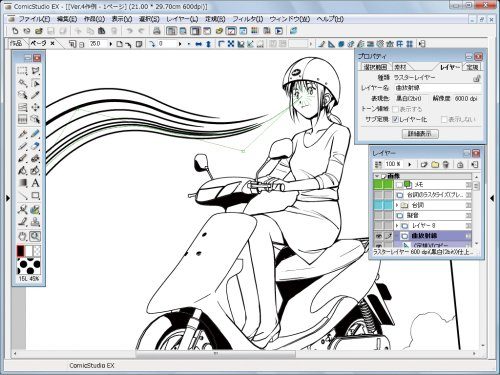
No matter how great your art and ideas might be, a manga that isn’t well organised is hard to follow and won’t be appealing to readers. Organisation may seem boring, but it’s critical to readers understanding the story you’re trying to tell. A manga that is well organised probably will never receive the praise of “it was very well organised,” but that’s only because a reader doesn’t notice it. They simply notice that the story is easy to follow, and they enjoy reading it. In the long run, it will make things easier for you as well because you will always know exactly what to do next.
Do you think organising a manga is easy or difficult? What kind of struggles have you faced when doing it? Do you have any organisational tips for other new mangaka? Let’s talk in the comments below!
[PR_honeys title="Honeys Anime Recommends!" text="Do panels have to be different sizes? If you want character A to do x, y, and z on the same page, is that too much? Where to go for answers and who to trust is hard to know. But Honey's Anime has got you covered. If you are wanting to improve your own manga, organization, art skills, or more, we recommend the “Manga Drawing / Comprehensive Course” from Manabi Journey. The course has produced over 100 professional manga artists in Japan. With complete support in English while learning from the professionals, you can put your mind at ease and your pen to work! Check it out by clicking on the banner below!" url="https://tour.manabijourney.jp/mangadrawing//?utm_source=honeysanime&utm_medium=banner700x200&utm_content=inside-single&utm_campaign=manabijourney-mangadrawing-comprehensive2" onclick="ga('send', 'event', 'link_external', 'click', 'to_manabi_journey_manga_comprehensive2@single_pr');" img=' ']
']
Recommended Post
Where to Take a Manga Drawing Class?
Recommended Post
Which Manga Drawing Software is Actually Good?
Recommended Post
How to Plan a Manga
Recommended Post
Common Manga Story Themes
Recommended Post
Types of Manga Panels
Recommended Post




